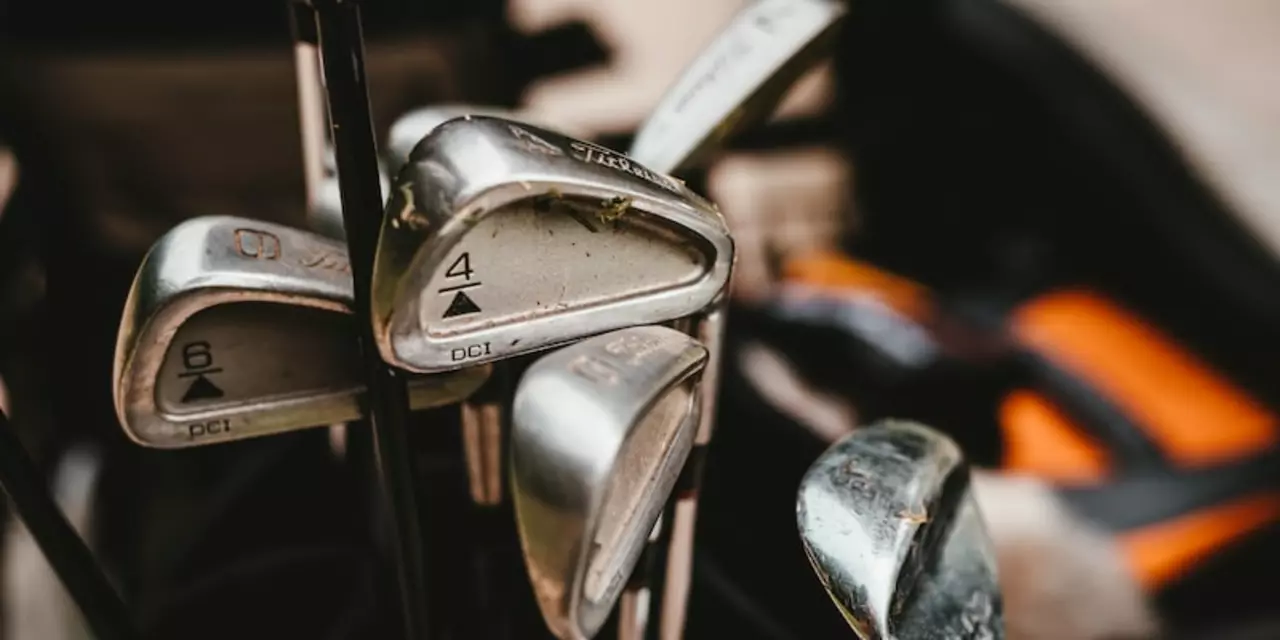Beginner Golf: Your First Steps on the Course
When you hear the term Beginner Golf, the phase where a new player learns the ropes of the sport. Also known as new golfer, it marks the start of a fun, rewarding hobby that blends skill, patience, and a love for the outdoors.
Getting a solid foundation means focusing on three core pieces of the puzzle. First, Golf clubs, the essential tools that shape every shot give you the means to hit the ball. Second, mastering the Golf swing, the coordinated motion that drives ball flight is the skill that turns equipment into results. Third, enrolling in Golf lessons, guided practice sessions with a qualified instructor helps you avoid bad habits early on. Together, these elements create a feedback loop: better clubs support a smoother swing, and lessons fine‑tune both.
Key Concepts for Beginners
The first club most beginners grow comfortable with is the 7‑Iron. Its balanced loft makes it forgiving on off‑center hits, which means you’ll see the ball fly even when your swing isn’t perfect. Pair that with a reliable Putter – the club you’ll use most often – and you’ve covered the short‑game basics that shave strokes off your score. The Driver, while intimidating, offers the chance to add distance once you’ve nailed your swing path. Understanding each club’s role helps you choose the right tool for every situation on the course.
Grip, stance, and posture form the foundation of a good swing. A neutral grip prevents the clubface from closing or opening too quickly, while a shoulder‑width stance gives you stability. When you practice these fundamentals on the range, you’ll notice more consistent ball flight. Remember, a smooth tempo beats a hard swing every time – the club moves faster when you’re relaxed.
Many beginners focus only on the physical side, but the mental game matters just as much. Setting realistic goals, like hitting 50% of fairways in the first month, keeps progress measurable and motivating. Visualizing each shot before you take it can improve confidence and reduce anxiety, especially on tougher holes.
Practice routines matter. A 30‑minute session split into three parts – warm‑up swings, target drills, and short‑game work – gives you balanced training without overloading any one skill. Using a launch monitor or simple distance markers can give instant feedback, letting you adjust in real time.
As you improve, the learning curve flattens. You’ll start to recognize course management strategies: aiming for the safe side of a fairway, playing away from hazards, and choosing the right club for each lie. These tactical choices often lower scores more than raw swing speed.
Below you’ll find a curated collection of articles that dive deeper into each of these topics. From the three most useful clubs for beginners to the impact of shaft stiffness, the posts cover the practical details you’ll need to turn your first tee shot into a confident swing. Explore the insights, apply the tips, and watch your game evolve fast.

What is the beginner's guide to buying a new golf club set?
This article provides a comprehensive overview of the factors one should consider when purchasing a new golf club set. It explains the types of clubs available, the importance of fit and how to select the appropriate clubs. It also offers advice on buying pre-owned clubs and how to save money by purchasing a complete set. Finally, the article provides tips on how to care for golf clubs and how to test them on the course. In summary, this article provides an informative guide on how to buy a new golf club set, outlining the types of clubs, fit and care considerations, and cost-saving tips.